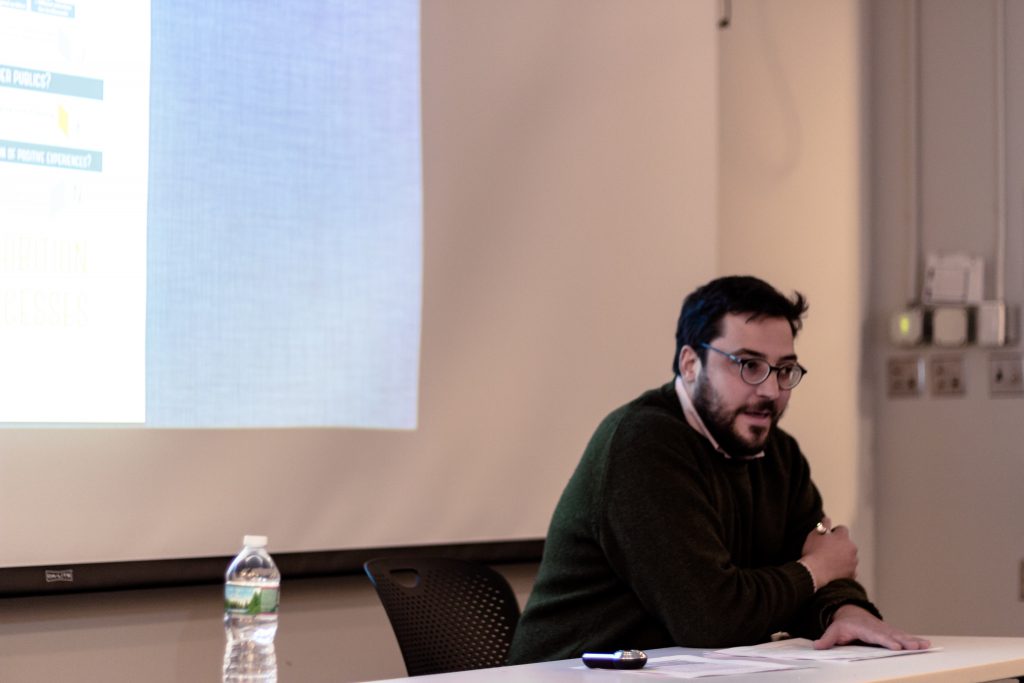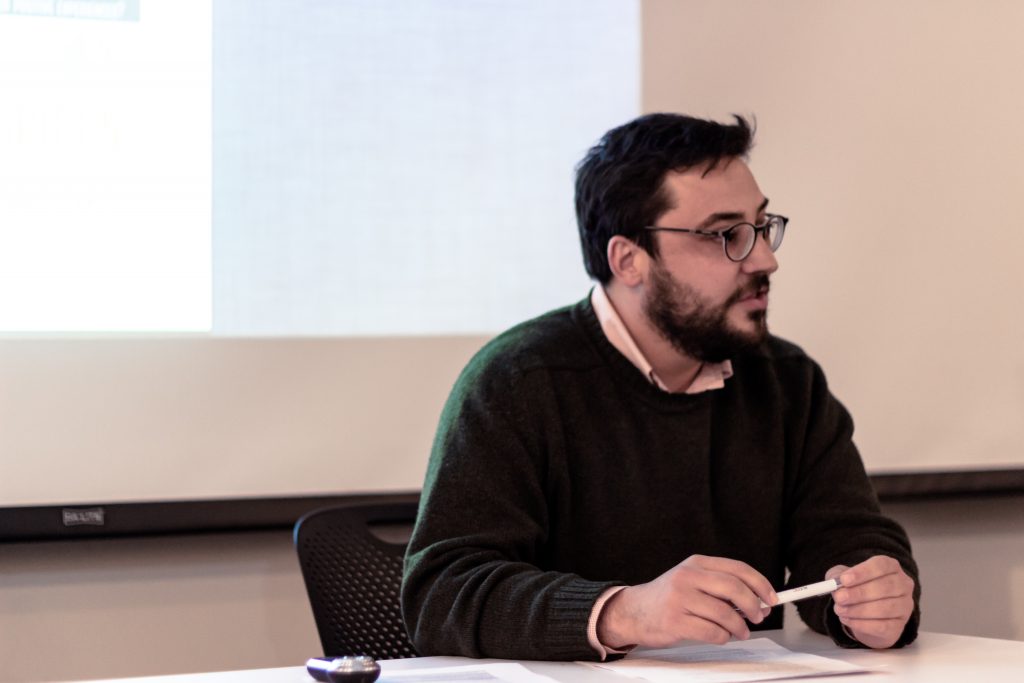
Latin GSD Lecture Series: What’s Next? Lessons from Latinamerica after the Venice Biennale
The goal of the Latin GSD student organization is to spread the discussion of topics that are currently relevant to design, landscape, urban design and planning disciplines in Latin American Countries. And of course, to promote the integration between people interested in Latin America.
Building on this premise, this event is the second of a series of lectures where we want to discuss and ask the curators of the Latin-American pavilions what are the lessons learned after this unique event and how this pavilions respond to Alejandro Aravena’s call for innovation in times of scarcity. With this in mind, we invited Pablo to talk about the Mexican Pavilion and explore the social agency of design in contested territories. Especially in this political times, we find fundamental to discuss about our responsibility as designers and our accountability in the built environment.

About Pablo Landa
Pablo Landa is a PhD candidate in Princeton’s Anthropology Department and a Postdoctoral Research Associate in the Woodrow Wilson School. His dissertation examines the relation among planning, statecraft, memory and everyday life in Unidad Santa Fe, a modernist housing project in Mexico City. As part of his dissertation research, Pablo coordinated the transformation of documents kept by the family of Mario Pani into an archive, which was deposited in the Tec de Monterrey in 2012. Pablo also curated the retrospective Mario Pani, architecture in process for Monterrey’s Contemporary Art Museum (MARCO, 2014) and edited the exhibition’s catalogue
About the Pavilion
The pavilion is built around a principal axis of historic manuals. The manuals, and the work connected to them, shifts the focus from architecture’s common perception of unique authors and stand-alone works. These manuals provide the knowledge for self-determination, allowing communities to build their own environments and asking what modern instruments or technologies can further bring the public into architecture.




